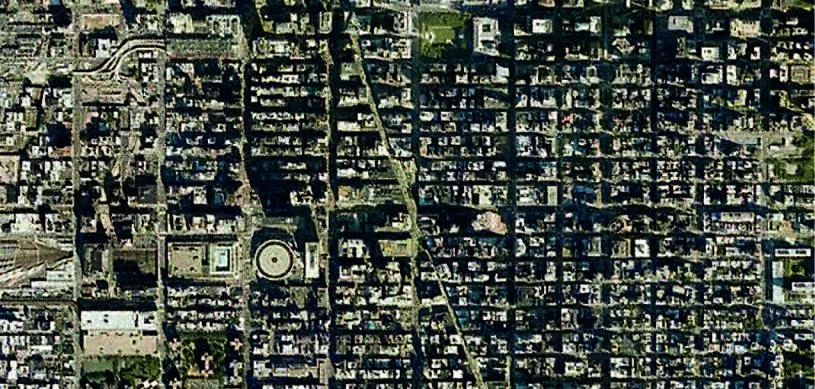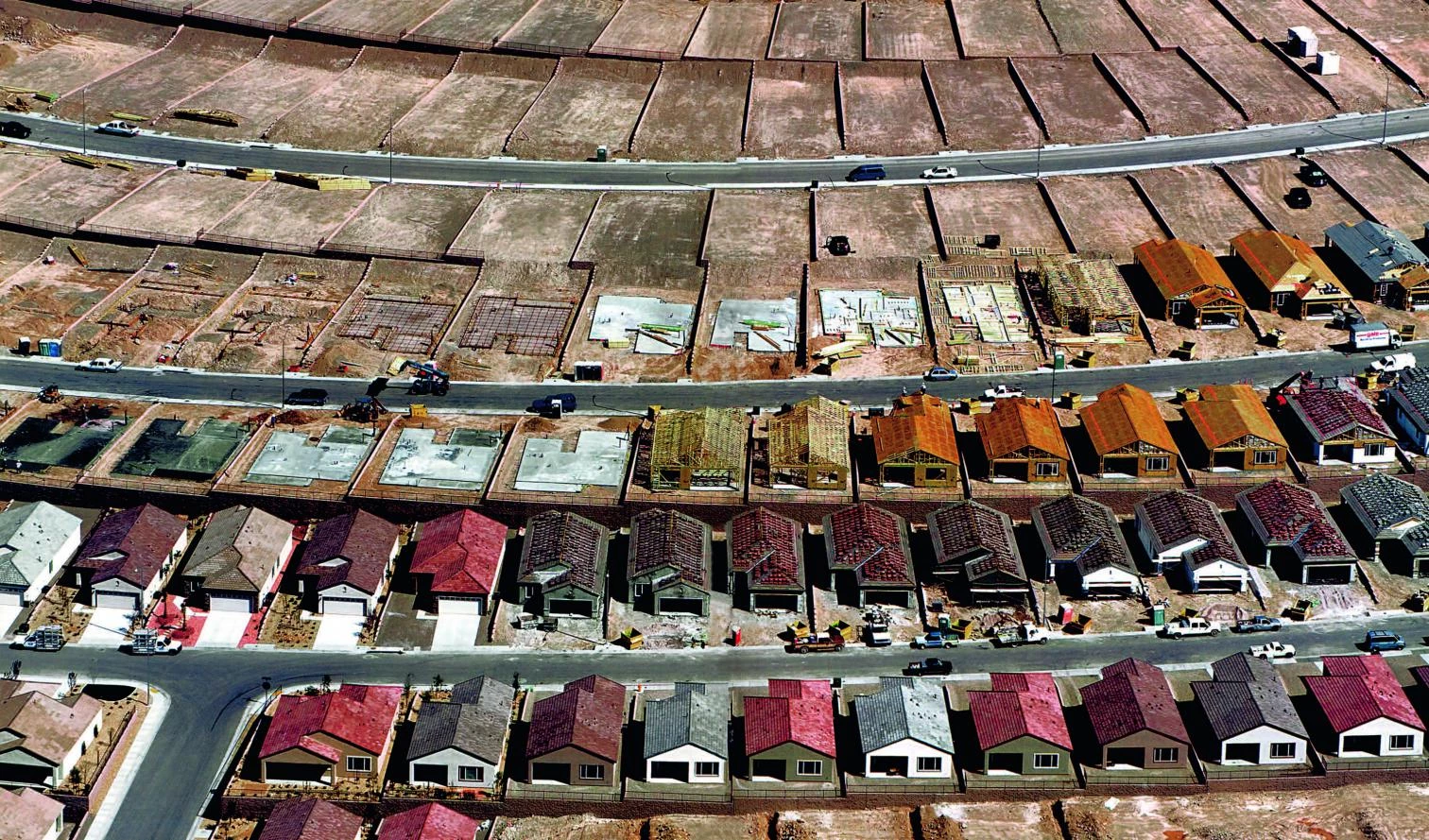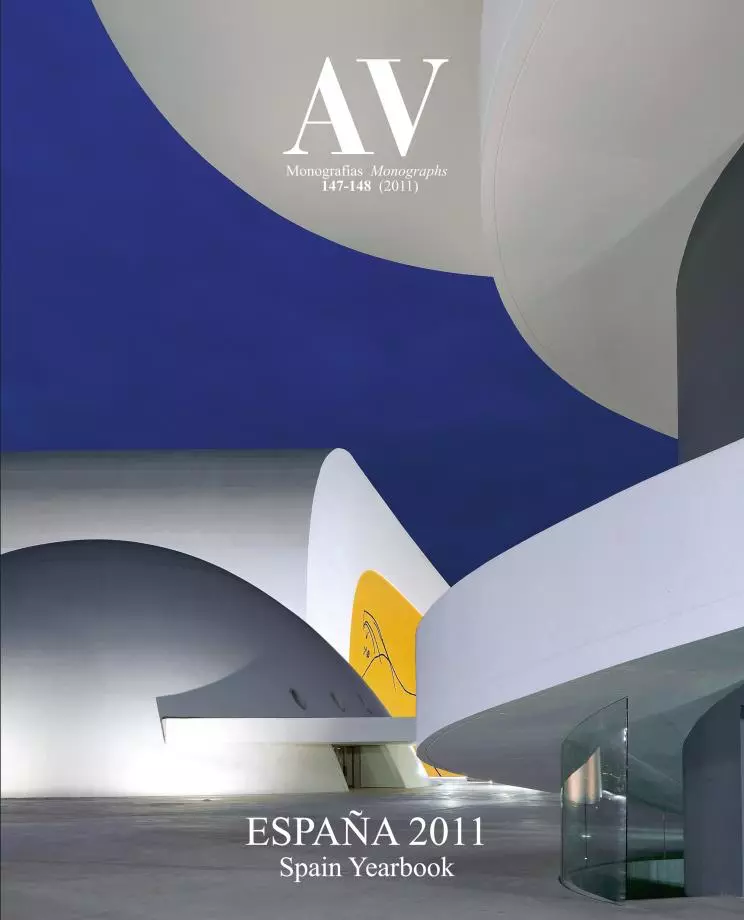Solar Time
The first European Solar Decathlon was held in Madrid, but that technological competition should not support sprawl, but rather urban density.

Solar time is not the time of the solar house: it is the time of the slow city. Indeed, solar houses as those gathered in Madrid for the first Solar Decathlon in Europe are useful platforms for innovation, and fertile grounds for technological competition among universities, stimulating among young architects and engineers the entrepreneurial spirit and interest in scientific experiment, backed by the strict control of results. However, the fruits of this collective effort should not be used to marginally improve the energy behavior of the single-family houses in the sprawling city created by the automobile, but to improve the already very efficient compact city, which can afford to be slow when its scale does not demand yielding to the insomniac flow of traffic. The solar house is not a laboratory for the house of the future, but a testing ground for cities without detached houses, and new experiences of urban sustainability all speak the language of density.

After all, the thermodynamic virtue of architecture lies not so much in the many mechanisms, panels and pipes that fill solar or ecological constructions, nor in the planted roofs and heavy walls of organic or green building, which mostly privileges thermal inertia over energy collection: it must be found rather in general architectural matters of surface/volume and solid/glazed ratios, insulation, orientation and natural light, aside from the essential issue of the energy costs of construction and demolition of urban infrastructures and buildings, with the subsequent impact on the use of scarce resources and in climate change through the emission of carbon dioxide. Self-sufficient or sustainable architecture is in fact a mirage, but it is also an objective we ought to approach, be it through complex codes, or through the rediscovery of rules and principles we judge timeless, but that correspond simply to historical periods of energy scarcity.

After the devastation caused by earthquakes or tsunamis, the flight chaos provoked by an Icelandic volcano is undoubtedly a minor issue, but which has made Europeans aware of our vulnerability to the violence of nature, which we can only pretend to control with technique. These ashes in the air blend with the oil spills in the Gulf of Mexico waters, with financial turbulences made worse by the algorithmic trading of fast and blind machines, and with the first hesitant steps of artificial life to trace an uncertain panorama in which we do not know if solar time will be told by the same mechanical clock that marked the hours in monasteries to engender capitalism or by a simple sundial, as fitting for a classical vanitas as a clepsydra or an hourglass, and probably closer to architecture due to its geometrical condition: the clockmaker of this fleeting time should perhaps learn gnomonics, and thus celebrate the impassive slowness of life, transitory, fragile and tenacious...





